The best camera for beginners
Graduate from phone photography without breaking the bank, with the best camera for beginners.
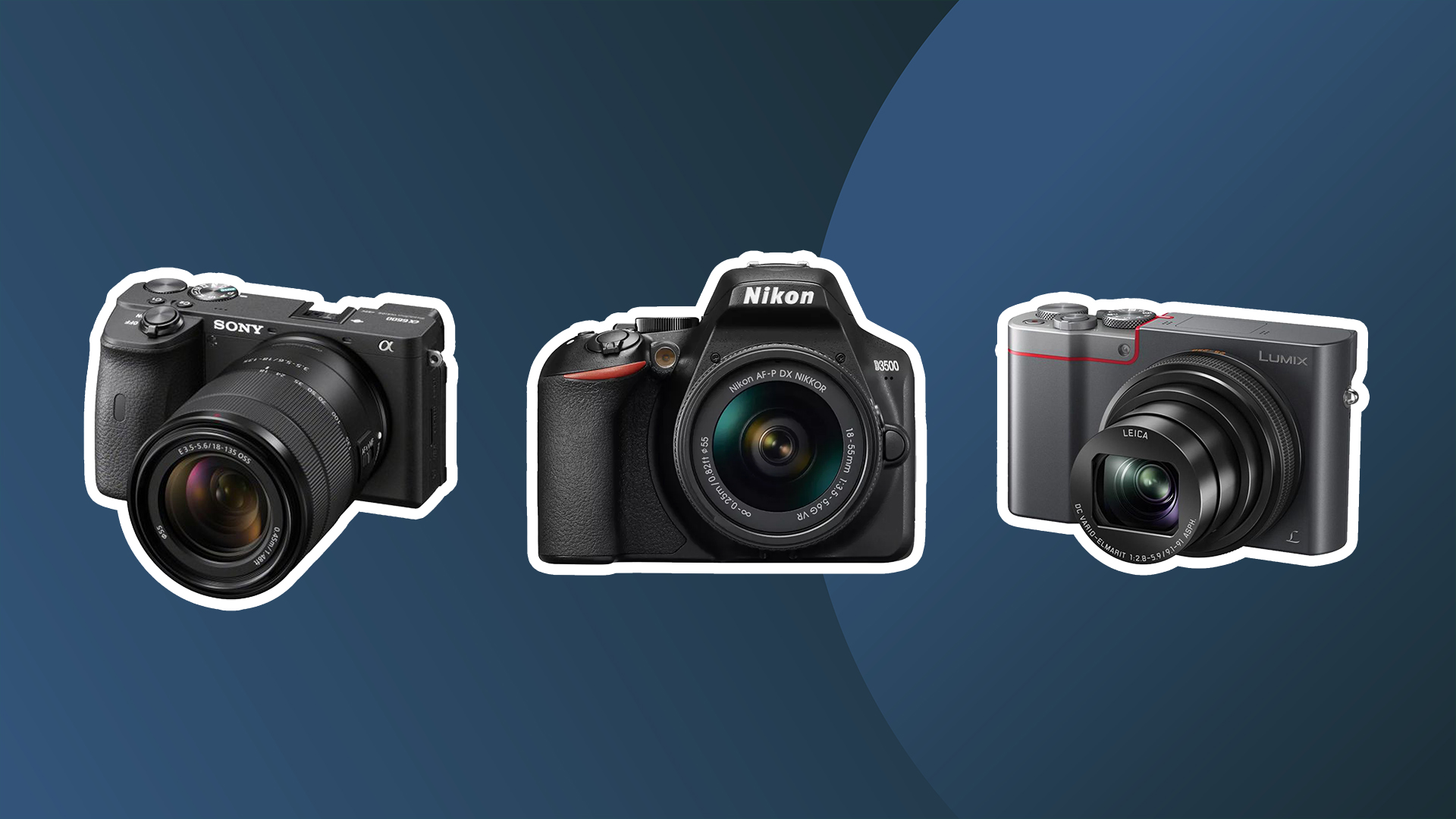
The best camera for beginners is one that's more capable at photography than a phone, but won't cost as much as a new car, or be too complex for a newbie to operate.
Our reviewers are photographers themselves and spend days with each camera they test to put it through its paces. So we've drawn on their expertise to bring together the best cameras for beginners in one place. Our team of expert reviewers have included all types of beginner cameras on this list, including DSLRs, mirrorless cameras, compacts and even an instant film camera for knockabout fun.
Alternatively, if you want to do more with your new camera – like make phone calls! – try our list of the best iPhones for photography. They won't compare to the quality of the cameras on this list, but for portability, convenience and rich features, the new iPhone is definitely tempting if you want to diversity your camera set up.
The Quick List
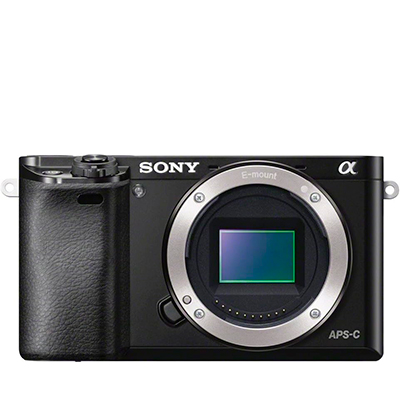
This mirrorless camera has stood the test of time thanks to solid fundamentals. Its 24.3MP APS-C sensor offers the perfect size and resolution for beginners, and the autofocus and burst-shooting capabilities are excellent, as are the E-mount lenses.
Read more below
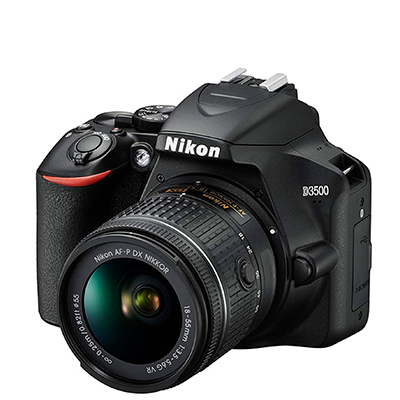
The chunky ergonomic of DSLRs make them still a good choice for beginners, and they can be great value. The D3500 offers excellent handling and comes with a photography tutor mode to teach beginners the ropes.
Read more below
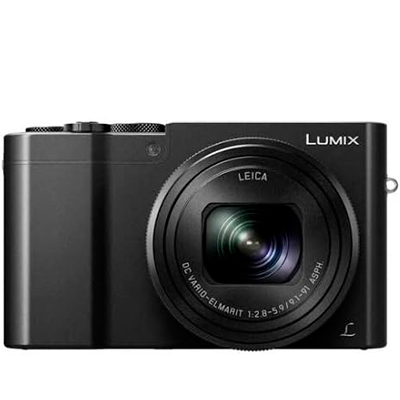
A great camera for travel, this is packed with interesting shooting modes and features. The hybrid stabilisation is great for low light and video, which the ZS100 can capture in 4K UHD at up to 30p.
Read more below
The best camera for beginners in full
Why you can trust Creative Bloq
The best camera for beginners overall
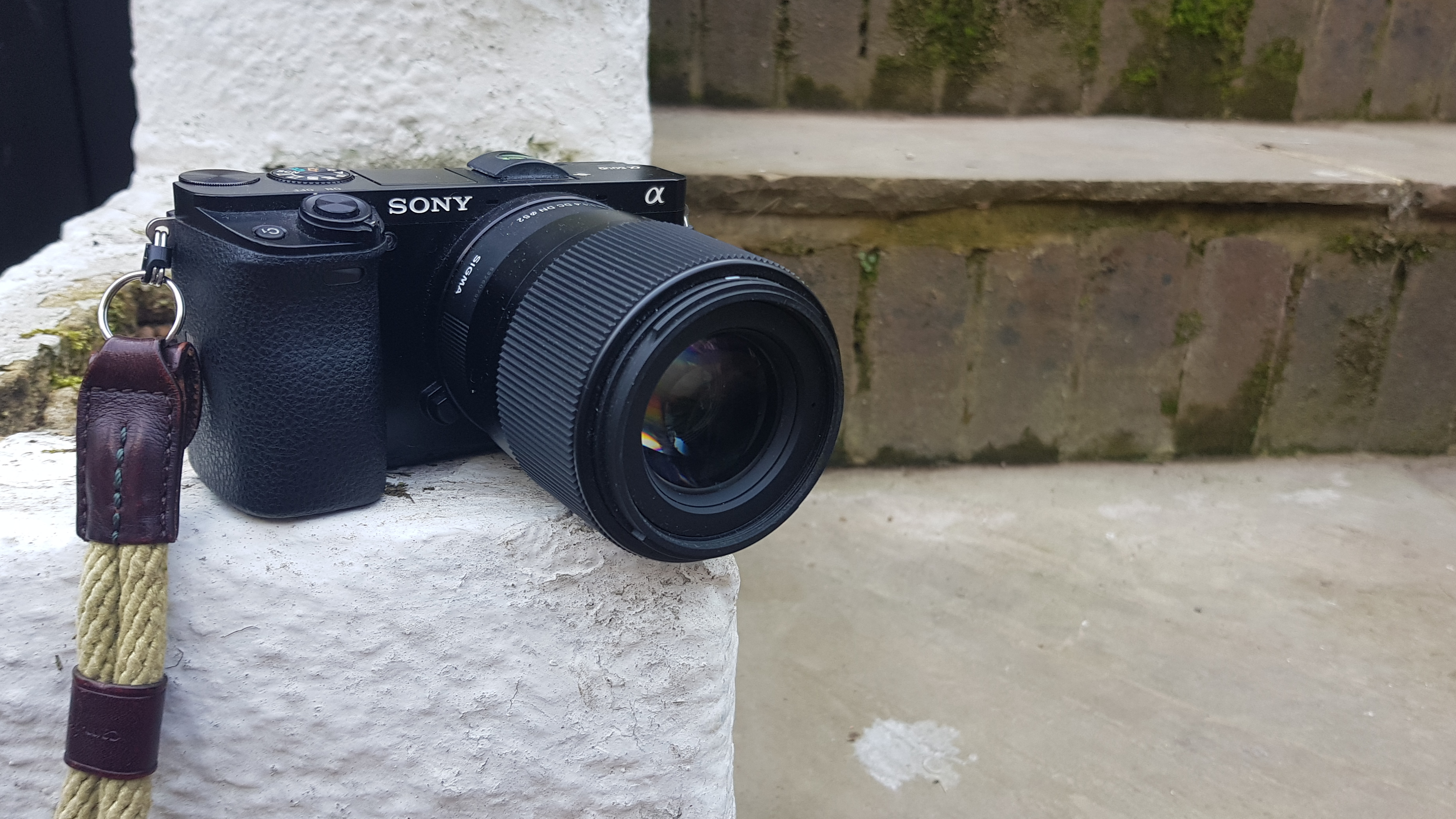
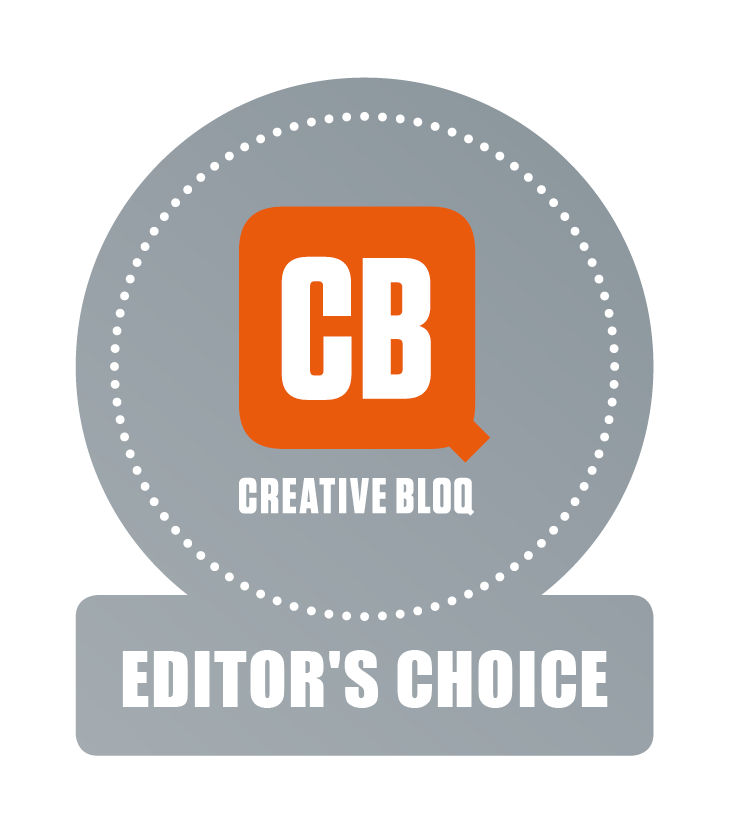
Specifications
Reasons to buy
Reasons to avoid
The Sony A6000 dates back to 2014, and is still, for our money, the best beginner's camera you can buy today. While it's common for cameras to be discontinued as newer versions come out, Sony has kept the A6000 in circulation even after the release of the A6100, A6300, A6600 and more. Why?
We recently reviewed the A6000 to see what it is about this camera that stands the test of time, and the fact of the matter is, its fundamentals are incredibly solid. Its 24.3MP APS-C sensor is bang-on the size and resolution for entry-level cameras, representing a significant quality upgrade over pretty much any smartphone you can name. The A6000's autofocus and burst-shooting capabilities are still excellent, holding their own against cameras released many years later, and the selection of E-mount lenses is fantastic.
Video-wise, the camera hasn't held up quite as well – with no 4K and no 3.5mm mic jack, it lacks a few of the standard features that modern vloggers really need. The Full HD footage does look good, and will be adequate for quick clips, but it's not a primary video camera. For those who predominantly want to shoot stills, it's a fantastic choice, and its age means that it's only getting cheaper. Snap yourself up a bargain.
Our Sony A6000 review goes into more detail.
The best DSLR for beginners
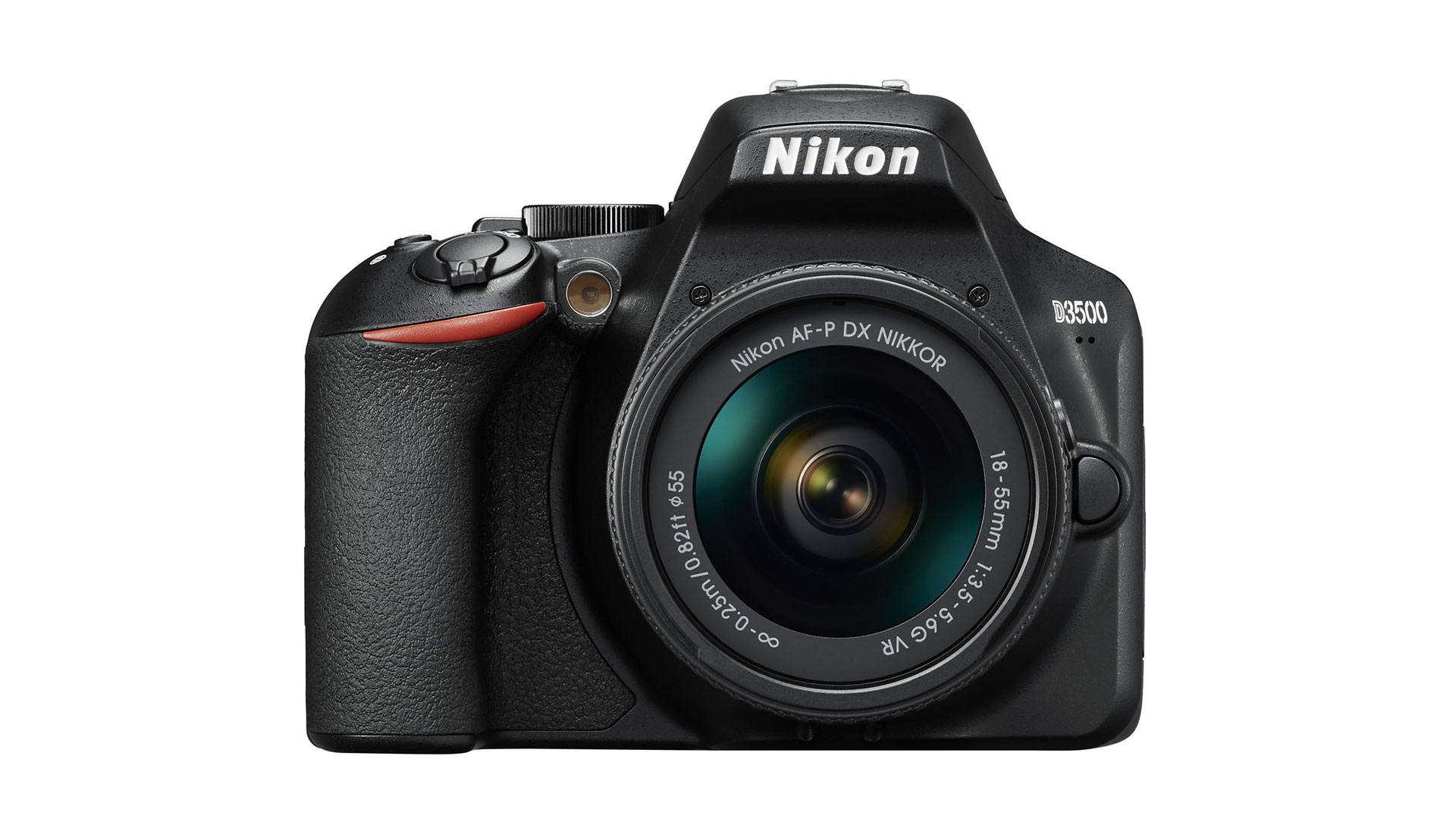

02. Nikon D3500
Our expert review:
Specifications
Reasons to buy
Reasons to avoid
DSLRs, which have a mirror mechanism that allows it to field an optical viewfinder, are falling out of favour as manufacturers shift to mirrorless cameras. They're also physically larger than mirrorless cameras like the Sony A6000. However, that slightly chunkier, ergonomic form factor can actually be ideal for beginners. They may not be the most fashionable cameras on the block, but there’s still a place for them and will be for a long time, and they can now offer great value.
When reviewing the Nikon D3500, we appreciated this satisfying DSLR handling – there’s no question that it’s an enjoyable camera to use. One thing we’d say is that while the bundled kit lens does the job, you will probably want to make upgrading it a priority. Picking up a lens with a larger maximum aperture gives you much more flexibility when it comes to exposure and depth of field, expanding your shooting options.
Especially optimised as a best camera for beginners, the Nikon D3500 is packed with useful tutorials and guide modes to help new users understand the basics of exposure and settings. The D3000 series of cameras are some of the most popular cameras for students around, and this is a large part of the reason why. Of course, it also helps that you’ve got Nikon’s F-mount, giving you access to a huge catalogue of fantastic lenses.
The D3500 has an APS-C sensor, and 24.2MP of resolution – basically identical to the A6000, and a good combination for most purposes. Also, while DSLRs may not be as fashionable as they once were, being in the Nikon F system still gives you a huge choice of fantastic cameras when it comes time to upgrade, all the way up to pro-level workhorses like the Nikon D850.
The best compact camera for beginners
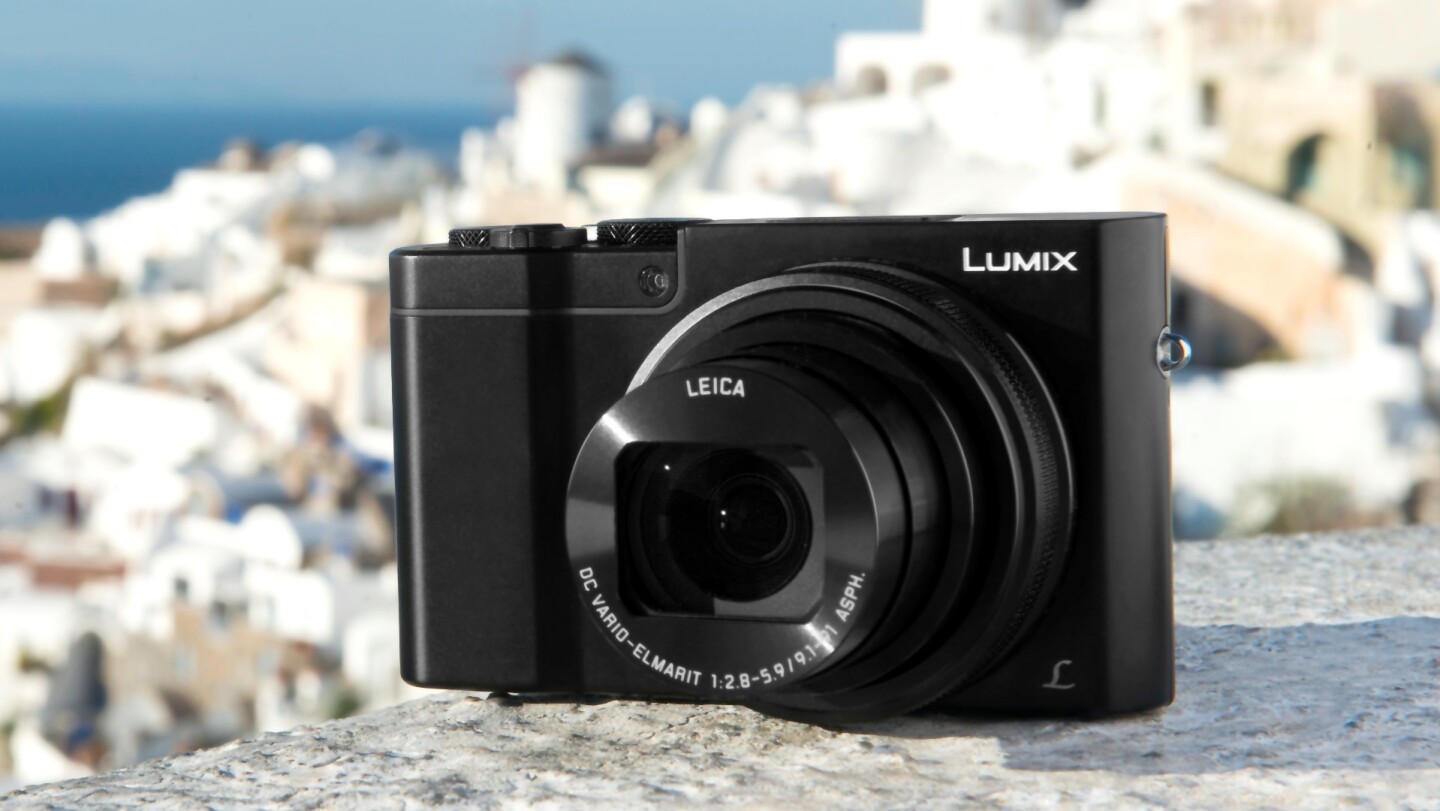

Specifications
Reasons to buy
Reasons to avoid
The Panasonic Lumix ZS100 (or TZ100 outside of the USA) is one of the best travel cameras a beginner can buy. This self-contained compact combines a 20.1MP 1.0-type sensor with a 10x zoom lens, allowing you to capture subjects up close and at a distance with equal ease. Its decently sized sensor produces clean, low-noise images even at relatively high ISO settings.
In our full review of the Lumix ZS100, we praised the number of interesting shooting modes and features that Panasonic managed to pack into such a small camera. Having 5-axis hybrid stabilisation is not only hugely useful for low light, but also for video, which the ZS100 is great at – capturing 4K UHD at up to 30p. As is standard on Panasonic Lumix cameras, the 4K is used to augment all sorts of fun shooting modes, including the impressive Post Focus, which allows you to select an image's focal point after it has been captured. Absolute wizardry.
The 10fps burst mode means you never miss a moment, and all this comes in a camera that can slip into a pocket or small bag when its lens is retracted. Heading off on an adventure? This tidy little camera will be the ideal companion.
See our Panasonic Lumix ZS100 review for all the details.
The best vlogging camera for beginners
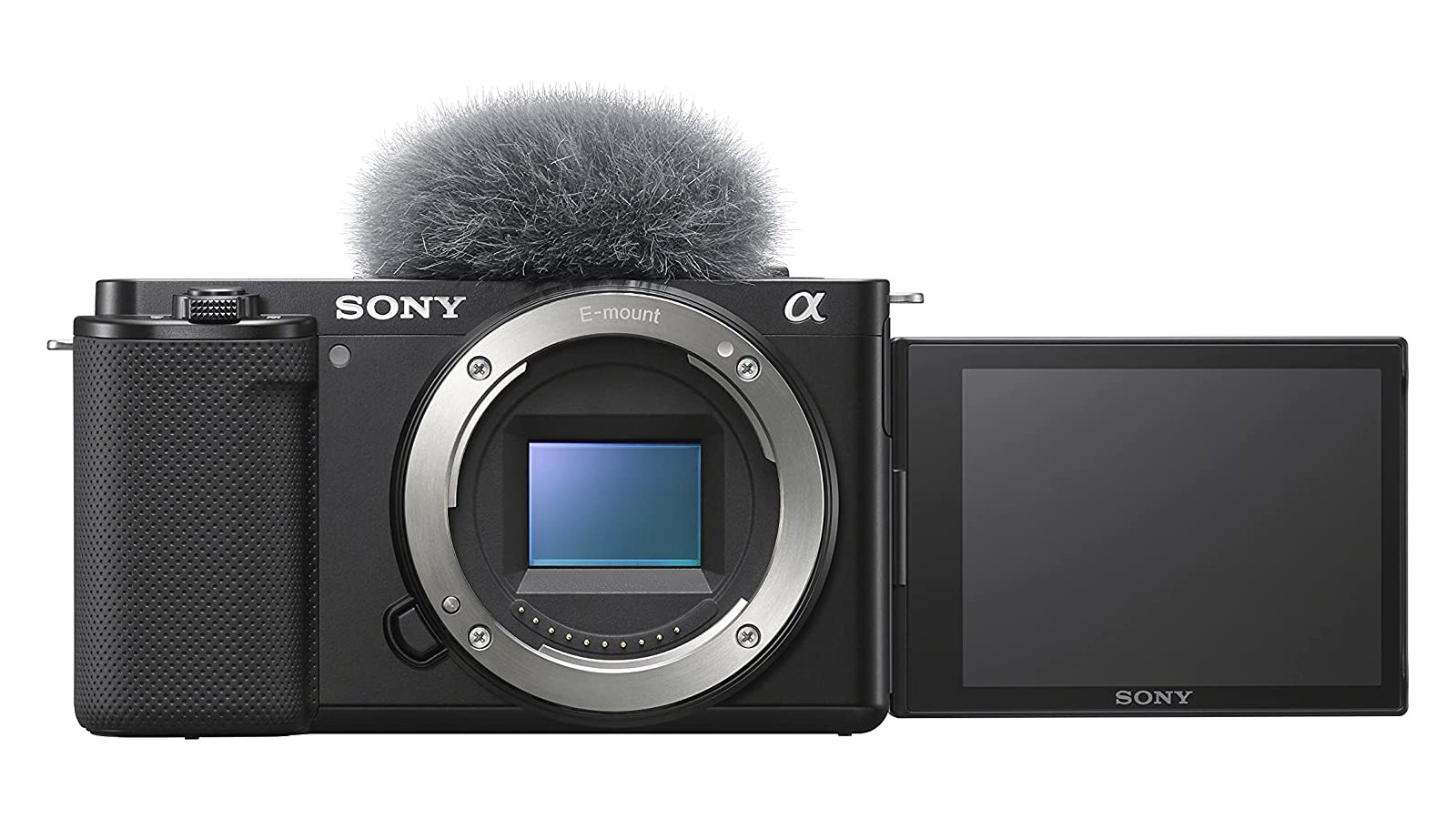
04. Sony ZV-E10
Our expert review:
Specifications
Reasons to buy
Reasons to avoid
While Sony’s A6000 cameras are pretty great for video, those whose interests lie more firmly in this field may want to look at the ZV series instead. The Sony ZV-E10 is the second camera in this series, and is a superb little vlogging camera that can also shoot pretty good stills when it needs to. It’s also really well-priced, more affordable than many rivals.
When using the ZV-E10, you can feel right away that this is a camera designed for video first, not photography. There’s no viewfinder and no mode dial on the rear for quickly shifting modes – something done more in stills than video. That’s not to say it’s useless for stills - a smartphone is not ergonomically designed for photography, and most of us manage just fine. But if you’re focusing mostly on stills, best look elsewhere.
The video, of course, is great. The 4K 30p footage looks crisp and punchy, and Sony’s video autofocus is absolutely class-leading. The built-in microphone is also good enough to be useable – something of a rarity on cameras like this – and it comes with a handy clip-on wind muffler that really does make a difference. The lack of stabilisation is a shame; maybe it would have made the camera too expensive, but it would have been welcome all the same.
The best instant camera for beginners
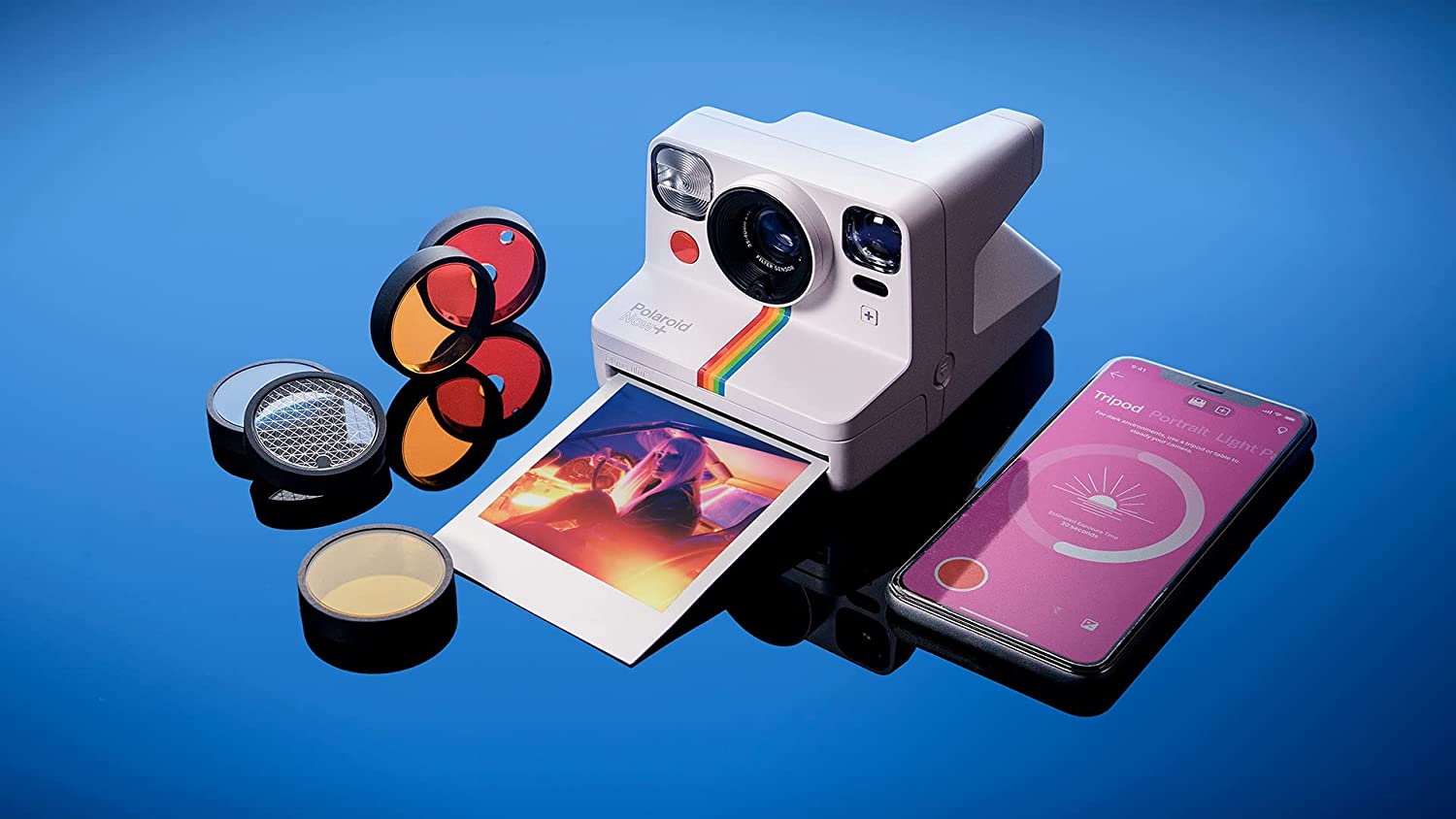
Specifications
Reasons to buy
Reasons to avoid
Sometimes beginner photographers don't want the most megapixels, the fastest burst modes or the sharpest 4K video – sometimes they just want some knockabout fun. The Polaroid Now+ is a perfect choice, a nostalgic throwback to lo-fi film that's also brimming with contemporary features.
So, on the one hand, you get charming, physical Polaroid prints spat out in an instant. They look fantastic, so much richer in colour and detail than Fujifilm Instax. And then on the other hand, you get a capable, Wi-Fi enabled camera that can be connected to your smartphone to unlock creative shooting modes like Light Painting, Double Exposure and the good old-fashioned self-timer.
With a two-lens autofocus system, the Polaroid Now+ is much more versatile than previous instant cameras. We were hugely impressed by the camera in our review, both the technical quality of the prints, and the sheer level of fun we had playing with it means it's definitely one of the best cameras for beginners. The only thing to factor in is the ongoing cost of film – unfortunately, Polaroids aren't cheap.
See our full Polaroid+ review for more details.
The best beginner camera for looks
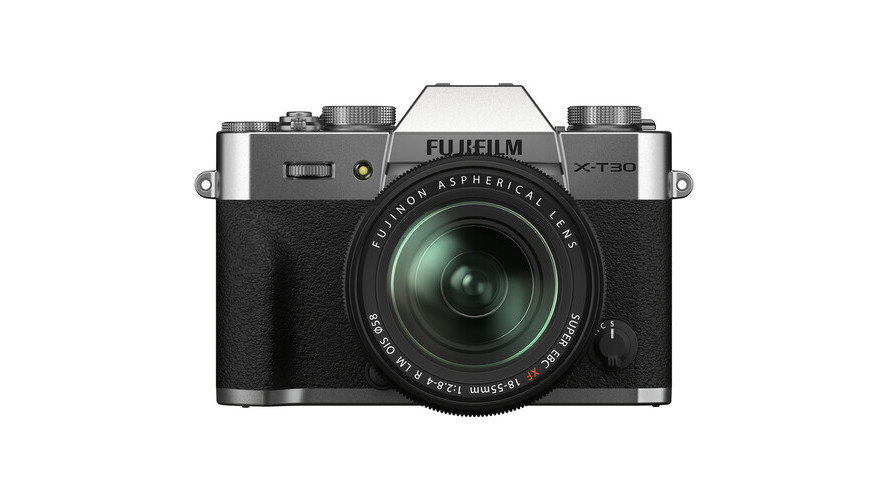
06. Fujifilm X-T30 II
Our expert review:
Specifications
Reasons to buy
Reasons to avoid
If you have a little more cash in the bank and want a premium beginner’s camera, we’d strongly recommend taking a look at the Fujifilm X-T30 II. A relatively recent refresh of a popular camera, the X-T30 II is a joy to use, with satisfying dial-based controls and a cool retro build, both of which hearken back to the film SLRs of the late 20th century.
The X-T30 II is a particularly good camera for those who don’t want to spend a lot of time editing images in software like Photoshop or Lightroom. When we reviewed the X-T30, we really appreciated how good its JPEGs were straight out of camera, leaving us free to shoot and shoot in the moment. Also, if you want a real touch of retro charm, you can play around with Fujifilm’s fantastic Film Simulations. These are finely tuned shooting presets that specifically emulate the looks of classic film stocks like Velvia, Provia and Astia. We found it incredible just how addictive these were.
The other half of the picture is the lenses, and Fujifilm passes with flying colors here – the X-mount lens series may not be as abundantly populated as others, but the lenses themselves are some of the best around. Absolutely tack-sharp, with wide apertures and tactile aperture rings – they’re a great deal of fun to use.
In use, we were really impressed with the handling and quality of the X-T30 II. There are some features it might have been nice to see, like in-body image stabilisation or a full articulating rear screen, but we can appreciate that throwing in everything would likely have seen the camera’s price tag spiral out of control.
The best beginner camera for 4K video
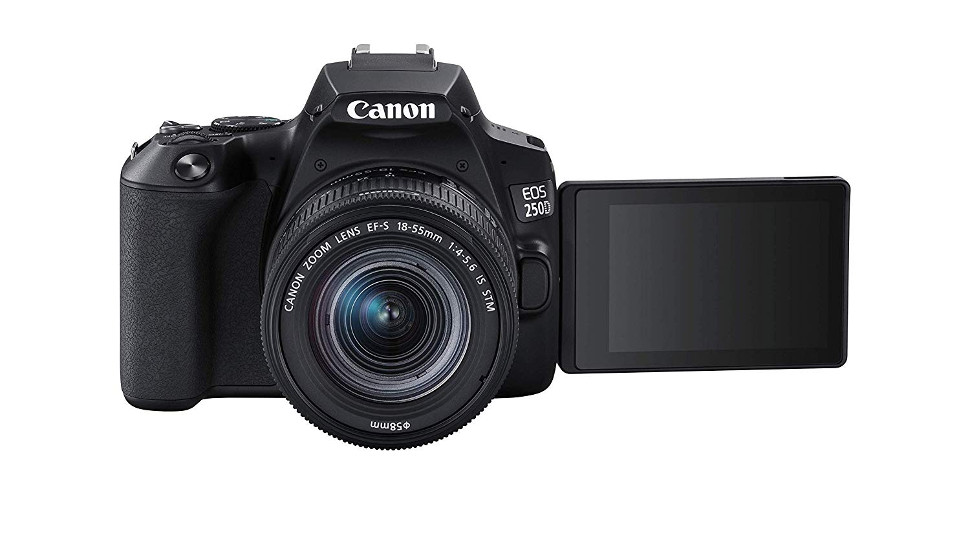
07. Canon EOS 250D
Our expert review:
Specifications
Reasons to buy
Reasons to avoid
Another DSLR at the entry-level, the EOS 250D is not Canon's cheapest DSLR, but it's the cheapest one we think is worth buying. It's the first entry-level DSLR to come packing 4K video, so while it's a shade pricier than the Nikon D3500, you do get more for your money.
When using the EPS 250D, one of the first things you'll likely notice is that the Dual Pixel CMOS autofocus system is excellent: snappy and accurate. We also appreciated the quality of the 18-55mm kit lens this camera will generally come bundled with. While it is a kit lens, it's a surprisingly decent one, and makes for a solid optic to get used to the ins and outs of photography.
Canon also took a leaf out of Nikon's book and made the EOS 250D extremely accessible for beginners. The Guided User Interface and Creative Assist modes help you slide your way into understanding how the camera works, and the Quick menu continues to give you easy access to the most vital settings.
Once you've got to grips with the EOS 250D, you've bought your way into one of the most venerable and popular camera systems around, and even if it has some drawbacks – a slightly basic autofocus system, for one – it's a superb beginner's camera. On the expensive side, but worth it.
The best beginner camera for social media
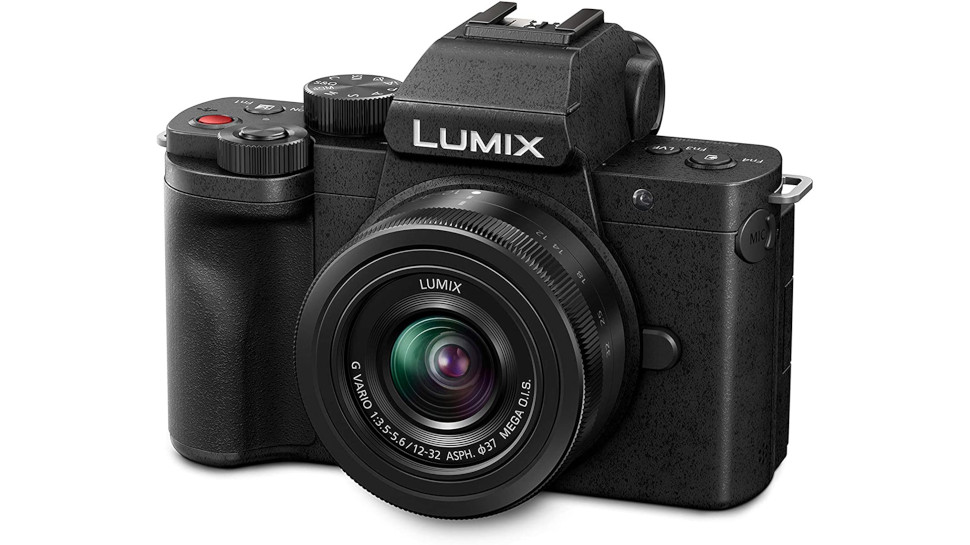
08. Panasonic Lumix G100
Our expert review:
Specifications
Reasons to buy
Reasons to avoid
if you know you're likely to want to capture stills AND video but are perhaps a bit of a novice at both, the Panasonic Lumix G100 is the place to start. A super-small camera weighing in at just 412g body only, the G100 nevertheless packs in loads of great features. It shoots sublime 4K/30p video and excellent 20MP stills, and thanks to the Micro Four Thirds mount, there are absolutely loads of lenses to choose from.
We especially appreciate the control layout, which scores major points for how approachable it is (you tap the big red button to start recording, for instance). The customisable Fn buttons are a good way to encourage yourself to experiment with different settings, while the touchscreen is also flexible and user-friendly.
Also, in a remarkable development, Panasonic has teamed up with Nokia to give the camera OZO audio, a multi-mic system that makes the camera's on-board audio recording... actually quite decent. This alone makes it a great starter camera for vlogging.
The best travel camera for beginners
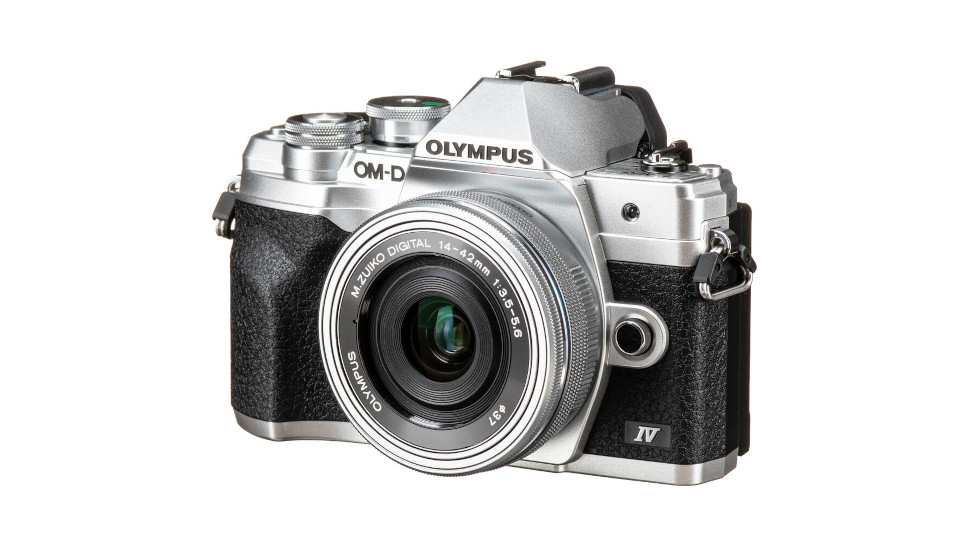
09. Olympus OM-D E-M10 Mk IV
Our expert review:
Specifications
Reasons to buy
Reasons to avoid
Olympus is now on the fourth iteration of its hugely popular line of travel-friendly mirrorless cameras, and the E-M10 Mark IV is a fantastic entry. It makes for a great gateway into mirrorless shooting, lightweight enough to take everywhere, but boasting a deceptive number of sophisticated features - a solid entry in this list of the best camera for beginners list.
In use, the Olympus E-M10 Mark IV is a delightful little camera. It fits easily into a small bag, and is great for carrying around everywhere for those unanticipated shooting opportunities. It's got a generous in-body stabilisation system that makes it easier to shoot handheld in low light, and plenty of assistive shooting modes that help novice users get their head around settings.
The 4K video capabilities and flip-around screen also make it decent for vlogging, though the lack of a mic port is a strike against it in this area. Some may also be turned off by the plastic build, as opposed to the metallic alloys of more expensive cameras. If that doesn't bother you, this is a great starting choice for a beginner's travel camera
The best basic camera for beginners
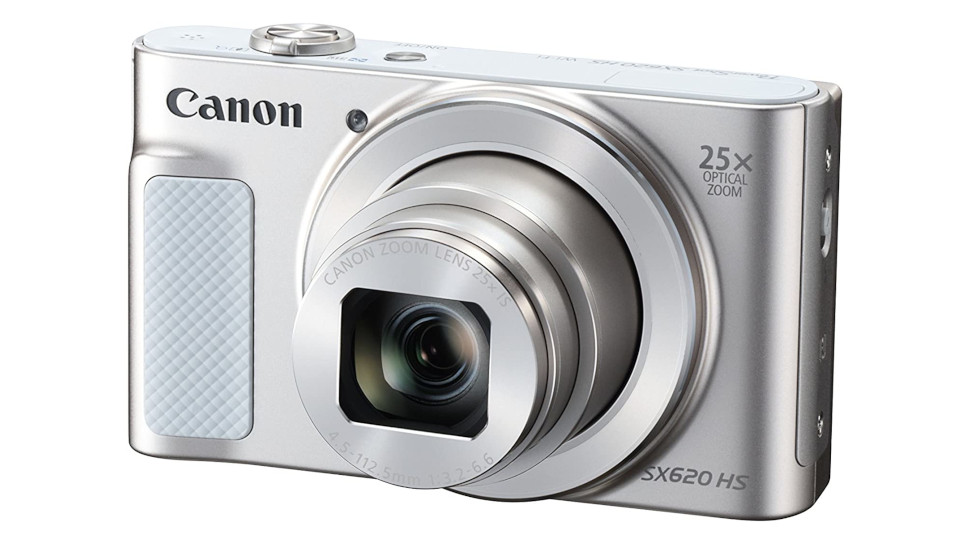
10. Canon PowerShot SX620 HS
Our expert review:
Specifications
Reasons to buy
Reasons to avoid
The slim, 182g Canon PowerShot SX620 HS is even more portable than the Olympus E-M10 IV – it's pocketable, and it’s also a highly capable travel camera.
We were impressed by the zoom lens on this camera, which covers an equivalent focal range of 25-625mm, and offers pretty decent quality throughout for a camera at this price. Also, it's more useful at the telephoto end than you might expect, thanks to the lens-shift optical stabilisation system. Often long-zoom cameras can be basically unusable at the long ends of their lenses unless you mount them to a tripod – as every tiny movement of the hand is magnified tenfold by the zoom. So it's nice to have a system expanding the hand-held utility of the camera.
Those who upgrade to this camera from a smartphone may chafe at the lack of a touchscreen, and it’s also true that the 1/2.3inch sensor is basically the same size as you’ll find in a phone. It’s worth the upgrade if you want a capable travel compact with a zoom lens that will cover a broad range of shooting situations, but don’t expect a radical upgrade in image quality.
With the price having come down since launch, the PowerShot SX620 HS now represents a really sound buy for any beginning photographer looking to get to grips with real camera controls.
FAQs
Why is a camera better than a smartphone?
Why buy a camera for beginners when you’ve got a perfectly decent camera in your pocket? While it may seem easier to stick with the smartphone, cameras do have many advantages of their own that the physical limitations of smartphones mean they can’t compete with.
Cameras can make use of optical zoom lenses, allowing you to get closer to your subject with no loss in quality, and can also use high-quality prime (fixed focal-length) lenses designed to produce as sharp an image as possible. Whether you’re going for maximum shooting versatility or maximum image quality, a camera can outstrip a smartphone on both fronts.
The list of advantages goes on. Cameras have more sophisticated autofocus systems, capable of tracking moving subjects, and can burst shoot at high speeds to ensure you never miss the moment. Higher megapixel counts also mean that images can be printed at higher quality.
If you are more interested in a phone with a good camera, see our pick of the best camera phones.
What are the different types of camera?
There are a few main types of camera that we’ve included in this guide, as each one can be well-suited for beginners. Here’s a quick rundown of the key types and the differences between them.
DSLRs: Once the professional standard for digital cameras, the DSLR is still among the most popular type of camera around. The name stands for “digital single-lens reflex”, which refers to the fact that it uses a single lens for shooting and focusing (old rangefinder-style cameras used two). DSLRs have an internal mirror mechanism that allows them to field an optical viewfinder, which many photographers still prefer to an LCD screen for composing images. They also tend to be hardier and more weatherproof than other types of camera, though this varies from model to model.
Mirrorless: Mirrorless cameras, like DSLRs, have a lens mount that allows lenses to be swapped at will. However, they forgo the mirror mechanism that allows for an optical viewfinder, the trade-off being that this allows them to be built smaller and lighter. Mirrorless cameras are very much seen as the future in the photo and video community, and this is generally where the most exciting developments in imaging technology are taking place.
Compact: Compact cameras have a fixed lens on their front that cannot be changed; this may be a zoom lens that allows for covering a set focal range, or a fixed-focal-length “prime” lens with an emphasis on quality. Compact cameras, also known as point-and-shoot cameras, were once thought of as cheap and poor-quality, but now have been forced to up their game to compete with smartphones. These days, amny compacts offer imaging quality to rival that of interchangeable lens cameras.
Instant film: Like the Polaroids of yesteryear, instant film cameras are capable of producing a physical print of an image moments after capture! While they’ll never win awards for technical perfection, these cameras provide a kind of knockabout fun that makes them great for beginners – and these days they can connect wirelessly to smart devices to open up new shooting possibilities.
What are the different camera sensor sizes?
The physical size and shape of a camera means it’s able to field a much larger sensor than a smartphone. The main thing to remember is that a larger sensor can have larger pixels, which means cleaner images with less noise, especially in low light. Images taken with a larger sensor have much more dynamic range (tonal difference between areas of light and dark).
These are the sensor sizes you'll likely encounter when shopping for a camera, from smallest to largest:
1/2.3-inch type, 1/2.5-inch type, 1/1.7-inch type:
This is the rough sensor size generally found in smartphones and cheaper compact cameras. It makes for affordable cameras, but the trade-off is poor low light performance.
1-inch type:
These sensors are often found in compact cameras and bridge cameras. Offering a step up from smartphone sensors, a 1-inch sensor will produce less noise in images.
Micro Four Thirds:
A sensor size standard for mirrorless cameras, Micro Four Thirds sensors are found in Olympus and Panasonic models. Larger than 1-inch type, Micro Four Thirds cameras tend to be nicely compact while still offering impressive image quality.
APS-C:
This is the sensor size that bridges the gap between enthusiast and professional. Some camera manufacturers like Fujifilm have based entire systems on APS-C sensors.
Full-frame:
So-named because it is roughly the size of a frame of 35mm film, full-frame is generally the standard for professional photographers.
Medium format:
A larger sensor size that roughly equates to that of 120 film, medium format cameras are very expensive (you won't get one for less than a four-figure price) and tend to be used by specialist shooters.
How to choose the best camera for beginners
There are myriad options of cameras to choose from as the best camera for beginners. In our guide above, we've included mirrorless cameras, DSLRs, compacts and instant cameras. All of these are valid choices. The best beginner camera for you will depend on what you want to do with it and where you want to take your interest in photography.
Do you want something small and portable or hardy and weatherproof? Are you likely to be shooting video as well as stills? Do you see yourself buying more lenses, or would you prefer a single package that does it all? The answers to all these questions will affect which camera is best for you.
If you're only looking for a camera to capture memories of trips or events or for social media posts, you might want a simple compact camera that doesn't allow many manual settings. However, if your intention is to learn about photography and start to develop skills in the area, then you'll want a mirrorless camera or a DSLR that allows you to learn about things like aperture and exposure time.
A full-frame or AP-C mirrorless or DSLR will also open up the possibility of using different lenses, and the lens that makes more of a difference than the camera itself when it comes to image quality. We think both DSLRs and mirrorless cameras are good options for beginners, each with their pros and cons.
Lighter mirrorless cameras are a newer technology and some of the biggest manufacturers have stopped making DSLRs. That means a mirrorless camera can be a more future-proof choice. On the flipside, it also means that some DSLRs, and lenses and other accessories are coming up for sale at great prices – particularly second-hand lenses are pro photographers offload their old kit as they upgrade. This offers a great opportunity for beginners who might not want to commit to the expense of buying new lenses for mirrorless cameras.
How we chose the best cameras for beginners
To make our choices of the best cameras for beginners, we compared our own hands-on camera reviews, written by experienced photographers and videographers, as well as customer reviews online, feedback from the working creatives who contribute to Creative Bloq and an in-depth comparison of the specifications, features and capabilities of cameras available on the market.
We have aimed to include a range of different types of cameras in order to make recommendations for different needs and budgets, considering everything from basic compact cameras to more complete and versatile mirrorless and DSLR options. In those case, we've looked for options that provide the creative possibilities enabled with manual settings without overwhelming newcomers with too much more than they need. For more specific options for live video, see our pick of the best cameras for streaming.
Daily design news, reviews, how-tos and more, as picked by the editors.
- Beren NealeEcom Editor
